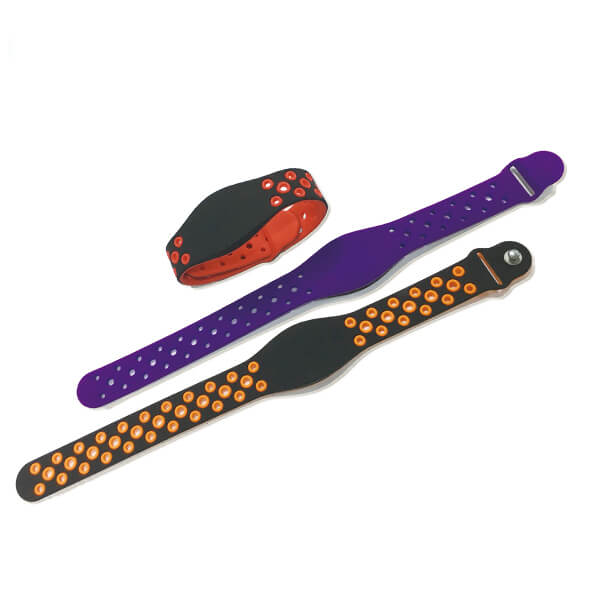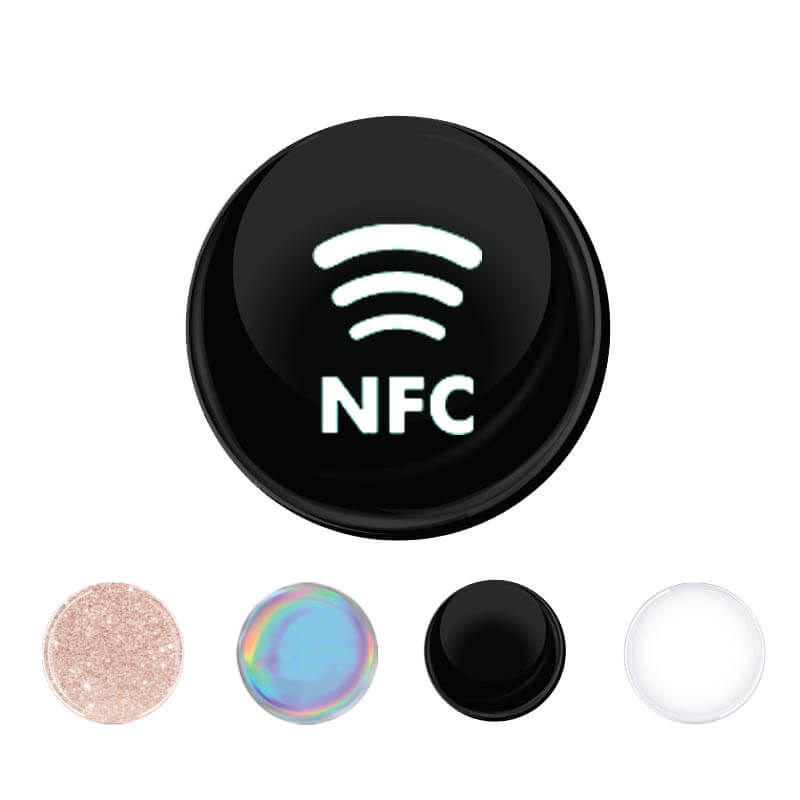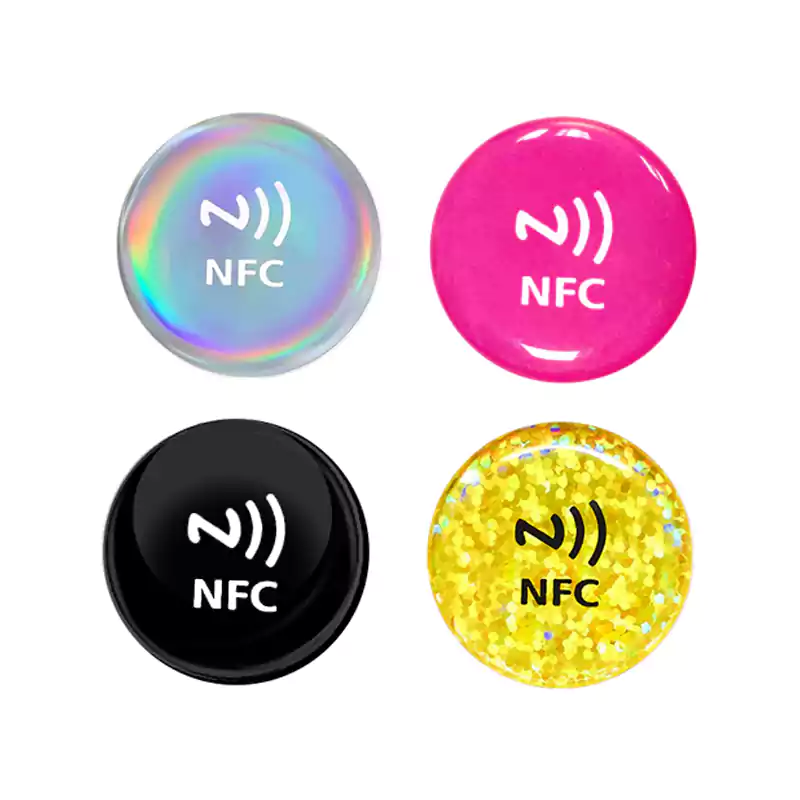Technology is on the right in the security industry.
Thus, the latter has invented several types of cards to help tighten security. Nowadays, businesses use proximity or vicinity card. You must know the difference between the two. This helps you make a smarter decision.
Proximity and vicinity cards have been around for a couple of years. Read on and know more information about these two to make a smarter decision.
What is a Proximity Card?
A proximity card is also known as a contactless smart card. Businesses establishment use it to secure entry. All you need to do is scan it on a device so you can pass. Since it does not require a swipe, you can leave it in a wallet or purse. At the end of the day, it still can serve its purpose.
A proximity card looks like a typical 30 mil PVC card.
It has an embedded metallic antenna coil insider that carries the data. When you scan it on the device, the latter will read the data and secure your entry. You have seen proximity cards in hotels and companies. Business companies give their employees a proximity card to have access.
Employees scan their proximity cards upon entry to secure passage. Gone are the days when people have to manually enter their time log. At present, proximity cards save the day. It is a lot easier and convenient. If you are an employee or a worker you need to make sure that you bring your card all the time. It is your ticket to the inside.
What is a Vicinity Card?
A vicinity card is also a contactless smart card. Like the proximity card, it can be read without inserting it into a device. Companies have debate using vicinity cards in passports. However, it may be helpful in streamlining identity verification in international flights. Additionally, retail stores have been using vicinity cards to give customers loyalty cards.
Using the card, the company can enter data into the customer’s unique code. This could include exclusive promotions and offer after a customer purchases an item. Eventually, the customer can use this card to claim the offer. The cashier simply has to scan the card’s code to verify the customer’s identity and promo.
Small businesses have been using vicinity cards. Owners use it to customize programs and reach more customers. It is also a great tool to build brand loyalty. If you are still not using it, you may want to order at a trusted RFID card maker.
Proximity Card vs. Vicinity Card: How Do They Function?
It is easy to confuse proximity card with vicinity card. Both use radio frequency identification (RFID) technology. RFID is a type of technology that digitally enters data into a microchip or a smart card. It is better known as an RFID tag.
It is similar to a barcode system wherein you have to scan it on the device to identify the data. However, the only difference is that in a barcode system the barcode number is often visible. The RFID technology now hides all of them. It is a lot safer and more secure.
Using this code, an establishment can easily verify the owner of the card. Moreover, it can help enter more data into it. A vicinity and proximity card can do a lot of functions. Their usage also depends on the type of work that you require them to do.
However, while they almost look the same, they work differently. The proximity card refers to 125 kHz devices or low-frequency RFID cards. Vicinity cards refer to those RFID cards using ISO/IEC 15693 standard. It has a high frequency of 13.56 MHz.
Proximity cards typically enable the read-only capability. Vicinity cards can enable read and write functionalities. Depending on the type of business you need to make a wise decision when choosing between the two.
Proximity Cards are Passive Cards
Proximity Cards are also known as Passive 125 kHz cards. They are the most common type of RFID card. It has a limited range and must be held closer to the reader unit. However, you do not need to swipe it. Once the reader verifies the code, you can gain entry or access. Many hotels use it as a key pass to access rooms, controlled areas, or exclusive offices. Many establishments use it for other types of applications. These include library cards, contactless payment systems, and public transit fare cards.
Vicinity Cards are Active Cards
Vicinity cards are also known as active cards. The card is made of a lithium battery and has a greater range. It can function up to 2 meters from the reader. In some cases, it is used to access gates. For example, the driver does not have to move outside the vehicle to scan the card. From the driver’s seat, he can simply present the card and the device reader can easily catch its frequency. Establishments use it for other applications like tollways or security gates. However, they can run out of battery as well. You need to replace them after 2 to 7 years.
Pros and Cons of Proximity and Vicinity Cards
The following are the common advantage of proximity and vicinity cards
- Bother proximity and vicinity cards bring a lot of advantages. Proximity cards are common in offices and commercial spaces. They are very simple to implement. On the other hand, vicinity cards can be used in retail and long-distance reading.
- Both technologies have been around for decades. People have grown familiar with them. Moreover, establishments that use these types of cards are more appealing to prospects. They both bring convenience and ease of access.
- Proximity and vicinity cards are “contactless” smart cards. You do not have to insert them or swipe them through the reader. They are more accurate and faster. Both can transmit data through the reader to the access control panel in a snap of a finger.
- Proximity and vicinity cards can provide a trackable entry activity. It depends on the access control system that you are using. As an administrator, you can have remote access to manage entry for people who have the cards. In any case, you should find a professional to do this for you.
As with many good physical security measures, proximity and vicinity are useful tools. However, there is some security vulnerability to be aware of. Even so, these vulnerabilities can be managed through diligence and responsible usage.
- Proximity and vicinity cards can store data. Quite possibly, people can steal them if they fall into the wrong hands. If this happens, you should report your lost card immediately. Consequently, the administrator can invalidate it. When a card is invalidated, it can no longer be used. And since it has a specific use, people cannot use it for anything other than what is made
- There might be some privacy issues associated with data storage. Both proximity and vicinity cards can store personal data and information. Fortunately, the government has already enacted several laws addressing this issue. On the bright side, the advantage of RFID technology always outweighs the risks.
- The proximity card has a limited range. If you need something that can read data up to 2-meters, you can opt for a vicinity card. Vicinity card has a wide reach compared to the former.
Which Card is Right for Your Space?
Proximity card readers are the ideal option for commercial space that needs convenient contactless access control. It allows you to secure office spaces, rooms, and lobby. It is very modern and suitable for commercial establishments in the city.
The impact of the pandemic makes it more important for you to go contactless. You can also leverage its tracking capabilities. On the other hand, you can use vicinity cards if you need a read and write functionality.
For example, you can use vicinity cards if you want to launch a loyalty card program. Here, you can enter data the moment a customer buys. Conversely, your device can also read the date if it is time for the customer to claim. You can also use vicinity cards if you need long-range access. This includes gate access or toll gate operations. Vicinity cards can function up to 2 meters far.
Before you decide, ask yourself what is most important in your building security. Why do you need an RFID card system? What do you use it for? You can have a combination of mobile access control credentials and proximity cards. Just choose a card that supports flexible credential types. Also, consider where you are going to your proximity cards. Your source matters a lot. They can also advise you of the most suitable type of proximity card.
Are you thinking about installing a proximity or vicinity card reader access control system? Then book a schedule with the security experts. You can expect them to audit the security of the building. After that, they can recommend the best option for you depending on the result.









